![]() First off, there are two blatantly noticeable alterations in Steven Spielberg’s remake of the 1961 Oscar-winning West Side Story, which, in turn, was adapted from the 1957 modern-day Broadway musical that transplanted Shakespeare’s Romeo and Juliet to Manhattan’s Upper West Side. Instead of the Capulets vs. the Montagues, two street gangs, the Jets and the Sharks, fight it out in an all-out turf war. The former is White, the latter Puerto Rican.
First off, there are two blatantly noticeable alterations in Steven Spielberg’s remake of the 1961 Oscar-winning West Side Story, which, in turn, was adapted from the 1957 modern-day Broadway musical that transplanted Shakespeare’s Romeo and Juliet to Manhattan’s Upper West Side. Instead of the Capulets vs. the Montagues, two street gangs, the Jets and the Sharks, fight it out in an all-out turf war. The former is White, the latter Puerto Rican.
From the opening musical sequence, the new choreography by Justin Peck doesn’t attempt to compete with the leaps and bounds of the original footwork by Jerome Robbins. The movements are now more naturalistic and earthbound. However, the biggest change concerns the script, which has broadened the main characters, Tony and Maria. The original dialogue by Arthur Laurents can be heard here and there, but perhaps the one individual who has the largest imprint on the 21st-century West Side Story is its screenwriter, Tony Kushner, more so than Spielberg.
His direction follows the studio playbook, old-fashioned in many ways. It never gets in the way of the vibrant production numbers, especially the centerpiece, “America,” in which the Puerto Rican neighbors take to the New York streets, celebrating the city, even if the jubilant mood contradicts some of the song’s acerbic lyrics. Spielberg wisely frames the dancing in wide shots, capturing their movements, and he is not afraid to make the film look staged—there are fake sunset backdrops and the obvious use of studio sets—or to track into a close-up of a singer at the finale of a musical number, closing it with some show biz pizzazz. Some of the new film’s production design could easily interchange with that of the 1961 version. It’s as though this film’s Maria now lives in the same apartment as her cinematic predecessor did 60 years ago.
Although the backdrop is now grittier—set in the late 1950s as a large swath of the Upper West Side was being demolished to make way for Lincoln Center—there is not one rodent on the run. (The 1961 film was shot on location in the neighborhood before it was torn down.) Although this area at the time has often been referred to as a slum, as it is in this movie, Susan Froemke’s The Opera House says otherwise. Her 2017 documentary on the Metropolitan Opera’s move to Lincoln Center recalls a neighborhood that was not destitute but diverse and largely working- and middle-class.
The momentum of the 1961 version, directed by Robert Wise and Robbins, moves at a breakneck speed, so much so that in the love story between the Polish Tony and the Puerto Rican Maria, they barely get to know each other in the course of the 36-hour time line—perhaps this movie’s weakest link. Kushner fleshes out both lovebirds, especially Tony, giving him a backstory as a former juvenile delinquent who was sent to prison for badly beating up a Puerto Rican gang member years ago. And in a switcheroo, Tony gets to croon “Cool,” which now takes on a new meaning. Most importantly, he and Maria go on a date—and during the daytime too—heading up to the tip of Manhattan to the Cloisters, an imaginative location for the plaintive and matrimonial-themed “One Hand, One Heart,” which they sing surrounded by religious medieval art.
Kushner has reimagined this story without spilling the applecart, and many of the changes enrich this adaptation. The anthem “Somewhere” has been given to a newly written character, Valentina, Doc’s widow, the owner of the store where the Jets hang out. She’s played by Rita Moreno, 1961’s Anita. Her performance is perfectly coordinated with the camera; her subtle and heartfelt interpretation deserves its close-up and the applause that will inevitably follow. Moreno offers a master class of how to freshly interpret such a well-known work.
Once again, the musical’s liveliest performance is by the actor playing Anita, Maria’s confidant and also the catalyst for the tragic ending: Ariana DeBose. As Tony, Ansel Elgort, not known for his singing, acquits himself quite well with a pure, choir boy-like tone. However, compared to the other leads, his Tony is dull and underpowered. Likewise, the film’s high energy level takes a deep dive in the flat staging of the “Gee Officer Krupke” number, its only clunker; the listless Jets almost sleepwalk through the piece. Thankfully, the lyrics of the late Stephen Sondheim are heard clearly throughout. At the screening I attended, he received the loudest round of applause as his name appeared in the final credits. Throughout, the audience broke out in applause at least a half a dozen times. Spielberg smartly allows a pause in between scenes just for that.
Over the years, the performance by Natalie Wood, as 1961’s Maria, has been repeatedly criticized by her Oscar-winning costar for not being a trained dancer or singer. (Wood’s daughter Natasha Gregson Wagner has admitted that her Russian-American mother would not be cast in this role today.) In the recent documentary Rita Moreno: Just a Girl Who Decided to Go for It, Moreno singles out 1961’s final scene as the only moment where Wood delivered. (Whatever deficiencies Wood had as Maria, she brought all of her dramatic chops to that moment and most certainly earned her paycheck.)
Spielberg’s Maria, Rachel Zegler, in her film debut, gives the inverse interpretation of Maria. With a crystal-clear soprano, she is stronger throughout, more giggly, vulnerable, and credible, given that the Zegler is bilingual. Unlike in 1961, audiences will hear Spanish dialogue. (And no, no one wears brownface this time around.) Although the ending still moves and may require a Kleenex, the film doesn’t quite give Ziegler her moment, and instead cuts away.
The new West Side Story won’t knock the earlier movie off its pedestal. (That film won ten Oscars, including Best Picture.) Instead, it sits comfortably by its forerunner’s side.

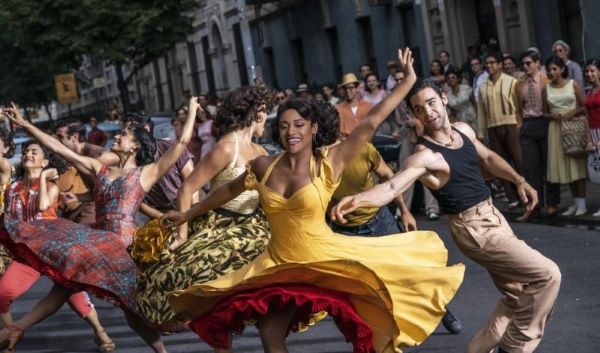
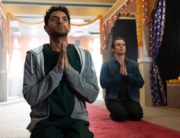

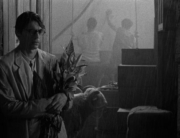


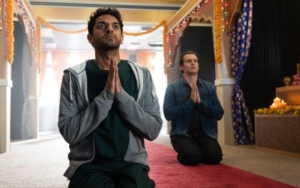
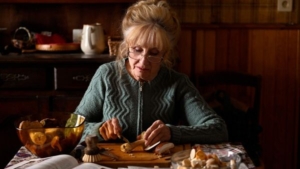



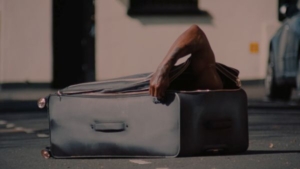




Leave A Comment